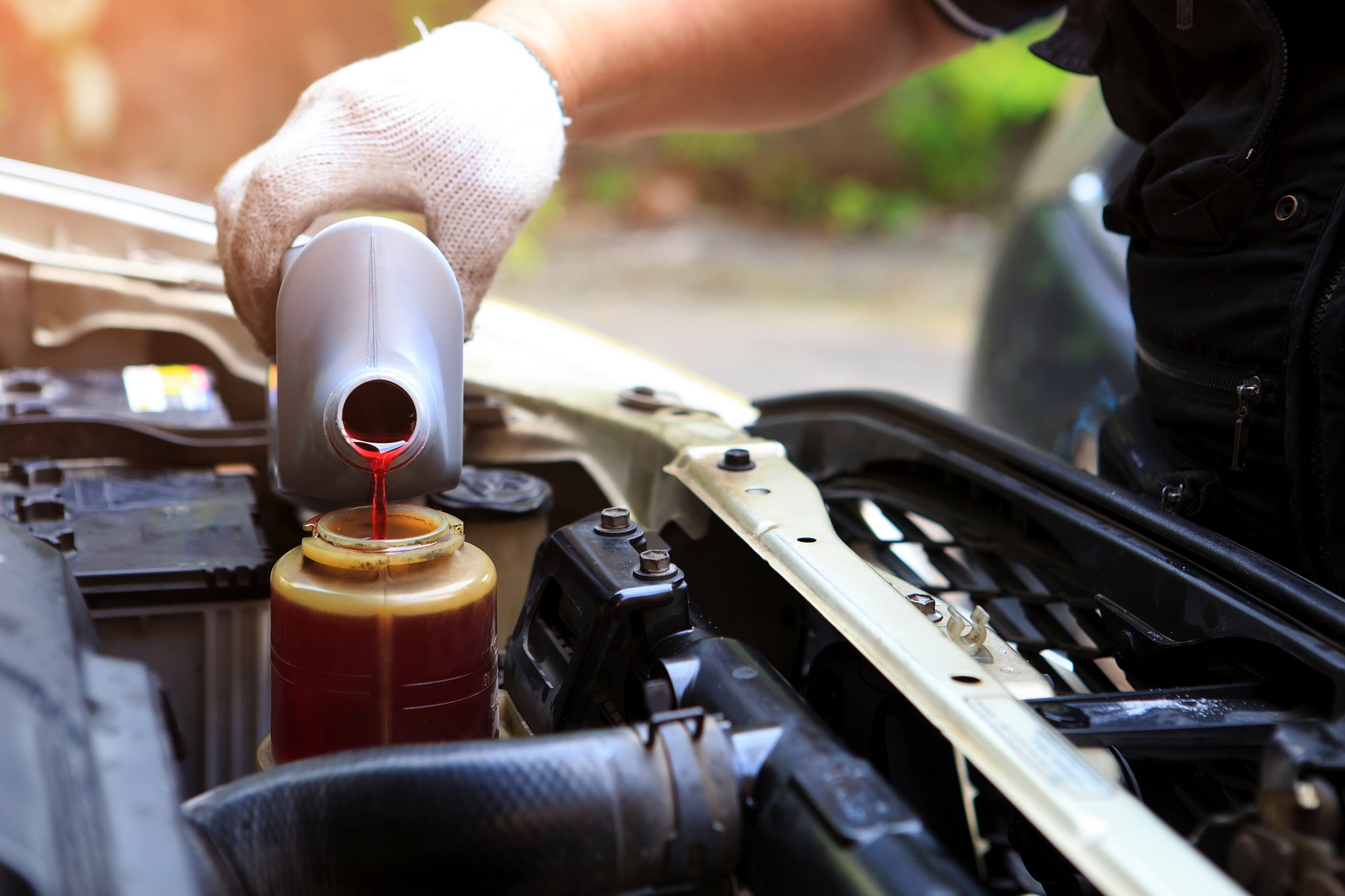Power Steering Problem
DIY Solutions
Your vehicle's power steering system is crucial for smooth, effortless maneuverability, especially at slow speeds. When functioning properly, it provides responsive control and reduces driver fatigue. However, a failing power steering system can lead to difficult handling, safety hazards, and costly repairs if ignored. At Tinker DIY, we empower you to identify power steering issues early and provide expert guidance to address problems before they escalate, saving you time and money.


Signs of Power Steering Failure
Recognizing the early warning signs of power steering problems can prevent more serious steering system damage and potential safety risks. These symptoms typically appear gradually, giving you time to diagnose and address issues before complete failure occurs. Prompt attention to these warning signs can prevent a bigger problem down the road.
Causes of a Power Steering Problem
Understanding the root causes of power steering issues helps pinpoint effective solutions. Power steering systems can fail due to mechanical wear, fluid problems, or electrical faults in newer vehicles. Identifying the specific cause is essential for implementing the right repair strategy.
The ps pump creates the hydraulic pressure needed for power assistance. A failing pump cannot generate adequate pressure, leading to difficult steering and characteristic whining noises.
The belt that drives the power steering pump can wear out or break, immediately disabling power assistance. Regular inspection can identify belt issues before they fail completely.
Dirty power steering fluid contains particles that accelerate wear on internal components. Regular fluid changes prevent this deterioration of the steering system.
In vehicles with electric power steering, issues with the control module, sensors, or wiring can disable power assistance. These problems require diagnostic tools to identify accurately.

Tinker: Instant, one-on-one Expert help for Auto DIYers
Start growing and sharing your auto DIY skills on Tinker.Try it at no cost! Launching on Oct 16th, 2023.

Get Professional Power Steering Help
From Tinker DIY
By choosing Tinker DIY, you avoid expensive dealership visits that often cost hundreds more than necessary. Our customers save compared to traditional repair shops, and you'll never waste time waiting at a dealer again. The knowledge you gain stays with you for the next time you encounter a similar issue. Whether you're dealing with your first power steering problem or you've attempted repairs before, our experts provide personalized guidance based on your vehicle's specific steering system, mileage, and symptoms.
Your Questions, Answered
-
Can I fix a power steering problem myself?
Yes, many power steering issues can be addressed at home with proper guidance. Simple tasks like checking fluid levels, changing power steering fluid, or replacing a hose can be completed with basic tools. Tinker DIY experts can assess your specific steering issue via video and guide you through appropriate repairs.
-
What causes a whining noise to occur when turning the steering wheel?
Whining noises typically indicate low power steering fluid, a failing power steering pump, or air in the system. The noise is more pronounced during turns because the system is under increased pressure. Checking fluid levels is the first step in diagnosing this common symptom.
-
How often should I change my power steering fluid?
Most manufacturers recommend changing power steering fluid every 50,000 to 100,000 miles. However, vehicles used in severe conditions may require more frequent fluid changes. Regular fluid changes prevent contamination that can damage the pump and steering rack over time.
-
What is the role of the steering rack in the power steering system?
The steering rack converts the rotational motion of the steering wheel into the linear motion needed to turn the wheels. In power steering systems, hydraulic pressure assists this movement. A failing rack can cause fluid leaks, uneven steering response, or play in the steering wheel.
-
How do I know if I have a power steering fluid leak?
Look for reddish or pinkish fluid puddles under your vehicle, particularly near the front. You might also notice a burning smell when the fluid drips onto hot engine components. Check the reservoir level and inspect hoses, the pump, and connections around the steering rack for wet spots or residue.

